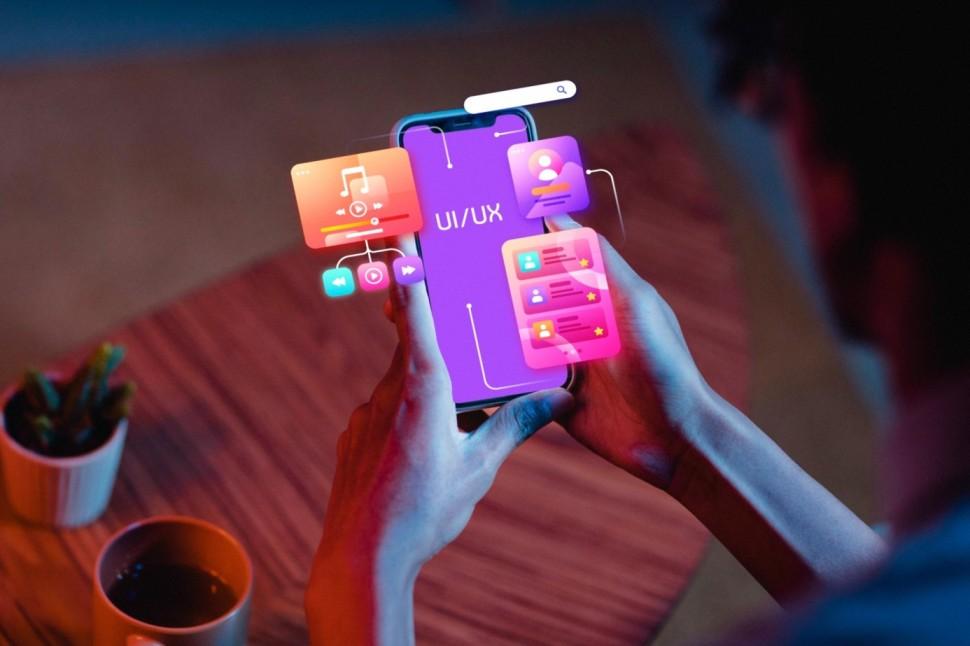Designing a user-friendly interface for your iOS app is crucial for its success in today’s competitive market. With millions of apps available, users have high expectations when it comes to usability and design. In this article, we’ll explore key strategies to create an intuitive and engaging interface that keeps users coming back for more.
Understanding Your Users
Before diving into the design process, it’s essential to understand your target audience. Conduct thorough research to identify their needs, preferences, and pain points. By gaining insights into their behavior, you can tailor the interface to meet their expectations effectively.
Simplify Navigation
One of the fundamental principles of a user-friendly interface is intuitive navigation. Users should be able to move through the app seamlessly without getting lost or confused. Implement clear navigation paths and minimize the number of steps required to access essential features.
Prioritize Content
Content is king, even in app design. Prioritize the display of content based on its importance and relevance to the user. Use clear headings and labels to guide users to the information they’re seeking quickly. Avoid cluttering the interface with unnecessary elements that can distract or overwhelm users.
Consistent Design Language
Consistency is key to a cohesive user experience. Establish a unified design language that encompasses all aspects of your app, including colors, fonts, icons, and button styles. Consistent design elements create familiarity and build trust with users, enhancing their overall experience.
Embrace Gestures
With the rise of touchscreen devices, gestures have become an integral part of user interaction. Incorporate intuitive gestures such as swiping, tapping, and pinching to navigate the app effortlessly. Provide visual cues to educate users about available gestures and their functionality.
Optimize for Different Devices
iOS devices come in various screen sizes, from the compact iPhone SE to the expansive iPad Pro. Ensure that your app’s interface is responsive and adapts seamlessly to different screen sizes and orientations. Test the app thoroughly on multiple devices to guarantee a consistent experience across the board.
Accessibility Features
Accessibility should be a top priority when designing an iOS app interface. Incorporate features such as VoiceOver support, dynamic text sizing, and color contrast options to make the app usable for all users, including those with disabilities. By prioritizing accessibility, you can expand your app’s reach and inclusive user base.
Feedback and Iteration
The design process doesn’t end with the initial release of the app. Continuously gather feedback from users and analyze their interactions with the interface. Identify areas for improvement and iterate on the design to enhance usability and address any issues that arise.
Testing
Before launching your app to the public, conduct comprehensive testing to identify and rectify any bugs or usability issues. Utilize beta testing with a select group of users to gather feedback and make refinements before the official release. Testing ensures that your app delivers a seamless and enjoyable user experience from day one.
Conclusion
Designing a user-friendly interface for your iOS app is a crucial aspect of its success. By prioritizing intuitive navigation, consistency, accessibility, and continuous iteration, you can create an app that delights users and stands out from the competition. Remember to understand your users’ needs, embrace gestures, and optimize for different devices to ensure a seamless experience for all users. With the right approach, your app can become a valuable asset for your business. If you’re looking for an iOS Application Development Company in Chennai to help bring your app idea to life, contact us today for expert assistance.



